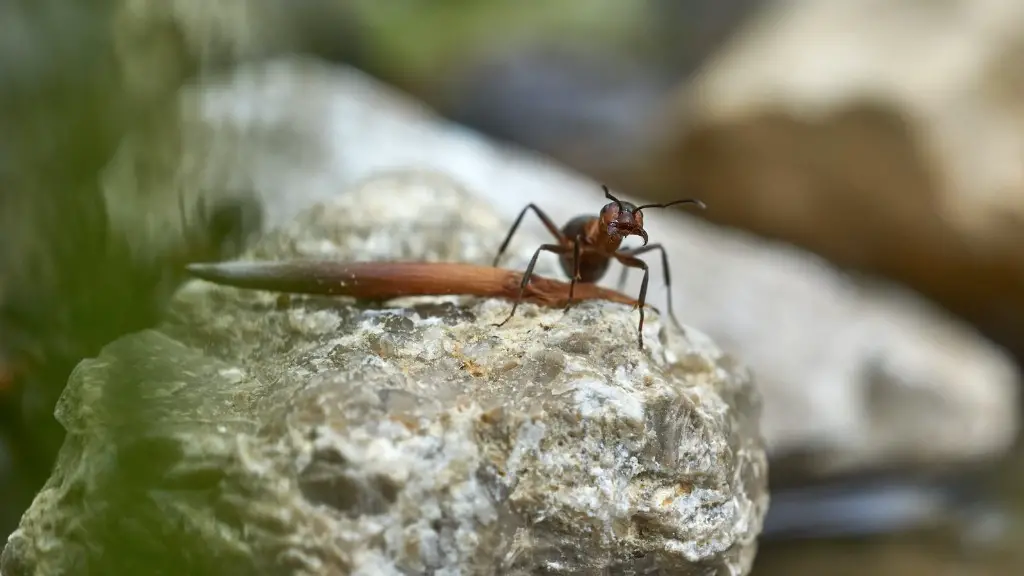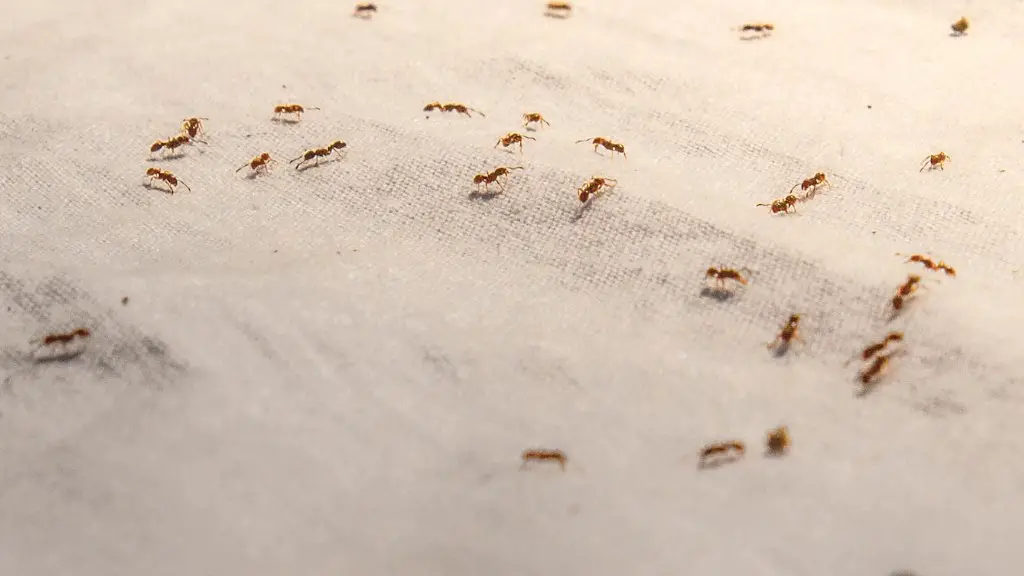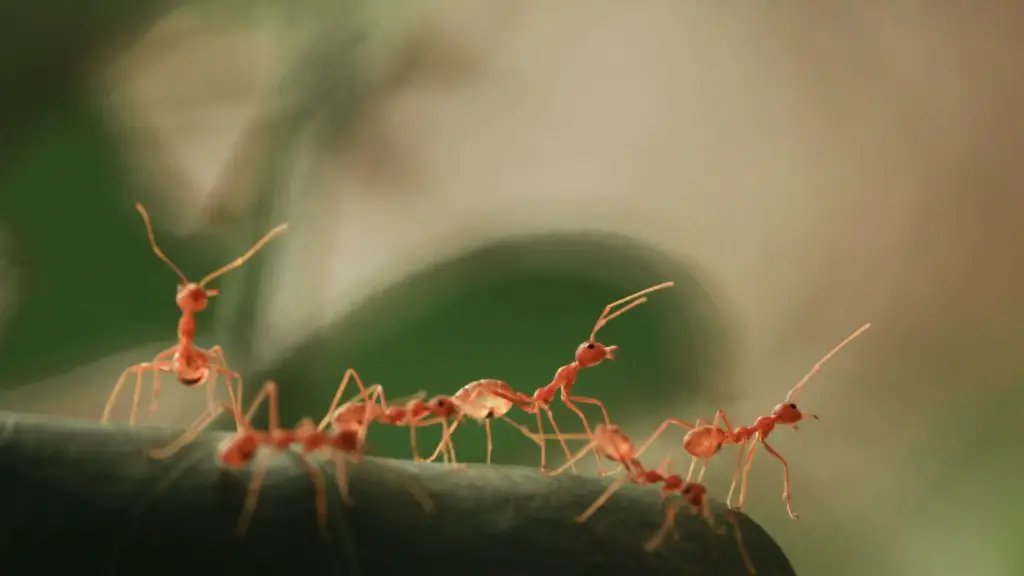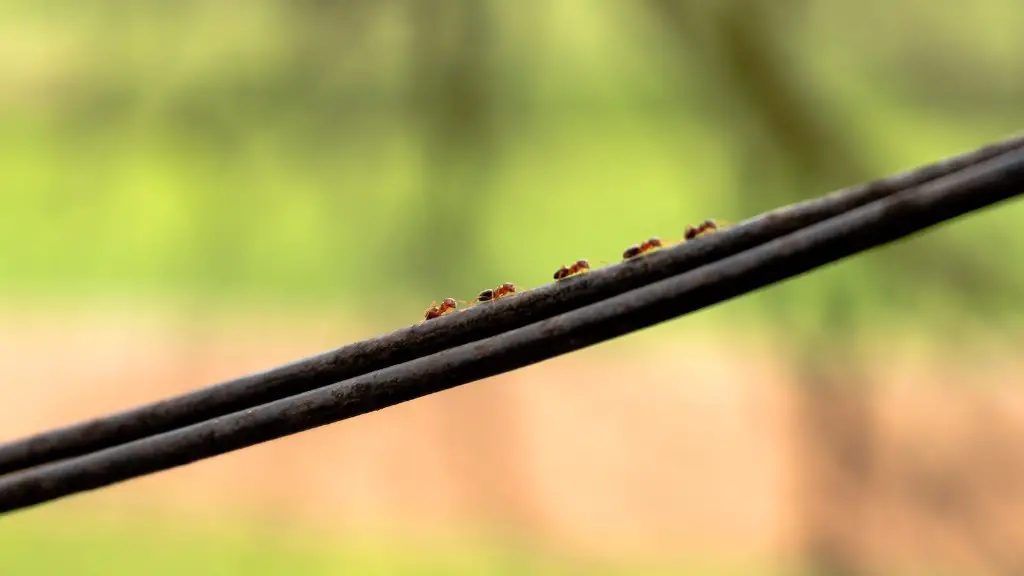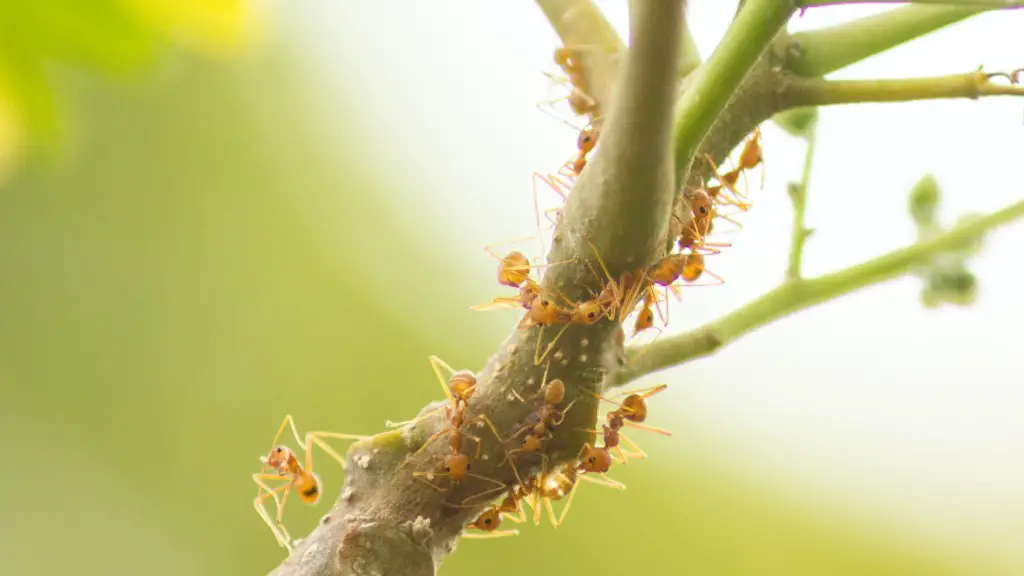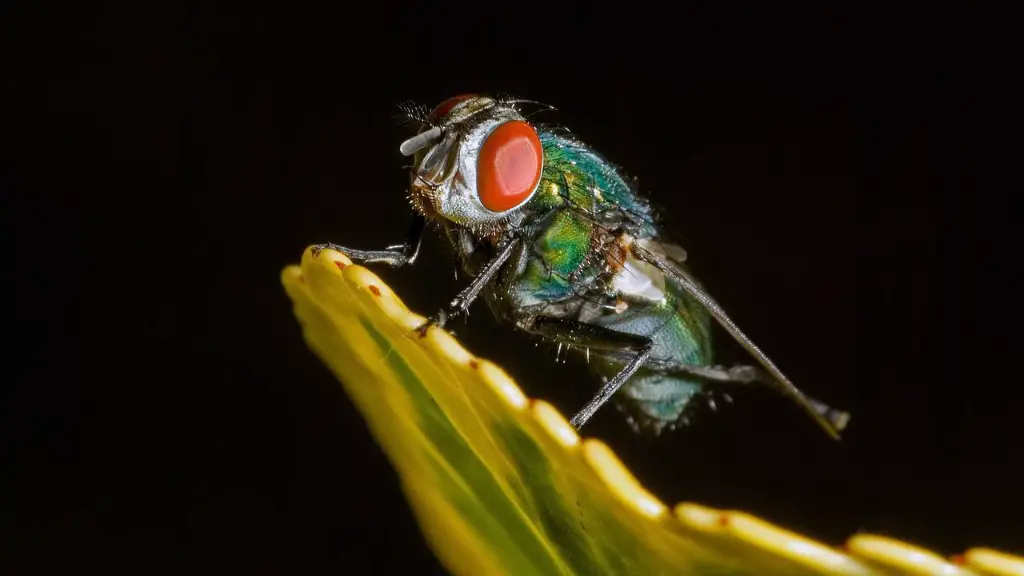Ants are some of the most common insects that most of us are familiar with. They are incredibly diverse and can be found in almost all environments, from deserts to rainforests, and even in our homes. While we might think of ants as tiny creatures scurrying around the ground and in search of food, they are much more than that. So, what do ants like?
Ants require sustenance such as carbohydrates, proteins and fats. They are attracted to foods that are high in sugar or grease, as these provide them with the energy they need. This includes sugary foods like sweets and chocolate, as well as greasy foods like fried foods or peanut butter. As well as these, carbohydrates like grains, fruits and vegetables are all attractive to ants.
Ants are also attracted to moisture. As they need water to survive, they typically explore damp areas in search of food and areas of water. They are often found in humidity, such as loamy soils, or near streams, rivers and other sources of water. Areas with decaying wood is another appealing destination for ants.
Ants also enjoy nesting in dark, warm and damp areas. They typically nest in wall crevices, under stones and logs, and in crevices of trees or leaf litter. The warmth near such areas allows ants to regulate their body temperature. They will also explore man-made structures made from wood, as these offer somewhere warm enough for them to nest.
Ants, like many insects, have evolved their behaviour to recognise dead and decayed foods which can offer them goodies like protein. In some circumstances, they will bring dead foods back to their nests to consume or store for later. Furthermore, ants are also able to detect pheromones. These are specific airborne molecules that are released by other ants of the same species. Therefore, they are drawn to the presence of other ants and will often form colonies in order to maintain social contact with each other.
Overall, we can see that ants are quite adaptable creatures and they are drawn to various types of food, water, warmth and pheromones. By understanding the requirements of ants, we can better determine what they like and attract them to our gardens.
Insects as Food
In addition to their attraction to food, water, warmth and pheromones, ants are known to eat other insects as food. This form of cannibalism is often seen as an effort to protect their own colony from outsiders. Ants will usually hunt and consume other insects to keep the population numbers of their rivals down. It also has the benefit of supplying them with protein and other essential nutrients.
This behaviour is seen both in the wild and in captivity, where ants are often observed supplementing their diets with insects like beetles, cockroaches and caterpillars. While this may seem a little distasteful to us humans, it is often necessary for ants to consume other insects to ensure their own survival.
In fact, some species of ants are even used as a form of pest control in farms and gardens, as they are able to help keep population numbers of other pesky insects down. This allows crops to grow without the interference of other more damaging species.
Competition with Other Species
In addition to being cannibalistic, ants are also known to compete with other species for food and resources. For instance, ants can exhibit aggressive behaviour towards bees if they feed on the same flowers. They may also compete with other species of ant for the same resources, such as food or nesting sites.
These competitions can involve using their own defence strategies and tactics, such as forming powerful nests, biting and laying down a chemical defence that other species won’t be able to penetrate. In some circumstances, ants may also block access to resources, meaning that other species will be unable to access these areas and as a result, won’t be able to access the food or materials they need.
Overall, ants are incredibly adaptive creatures and will often do whatever it takes to survive in the wild, which includes competing with other species for resources. This behaviour has allowed them to thrive in most environments around the world.
Self-protection
Over the years, ants have developed methods of protecting themselves from natural predators. These strategies are essential for ants to survive and to protect the colony from being destroyed.
One method of defence is to form a solid nest. This not only provides the ants with protection from threats outside the nest, but it also serves as a physical barrier to predators. Ants are also able to recognise their own scent and can fight off rivals by biting them, or releasing pheromones that confuse predators or disturb the scent of their food.
In addition to these defence mechanisms, ants are also able to form alliances with other species. For instance, some ants and beetles have been observed forming a relationship where the ants protect the beetles in exchange for food. This relationship is beneficial to both species, in that they are both able to access new food sources and protect themselves better from predators.
Furthermore, ants have been found to use defensive strategies with their predators. This includes releasing a chemical substance from their mandibles that deters predators from feeding on them.
Overall, ants are highly adaptive and are able to protect themselves from predators by forming alliances with other species, forming a solid nest and releasing chemicals. These defence strategies have enabled them to thrive and maintain their populations in almost all environments.
Uses of Ants
Ants have been used by people in a variety of purposes throughout history. They have been used as food by many cultures, as fertilizer by gardeners and farmers, and as builders of intricate nests.
Ants have also been used as sources of medicine. For centuries, many cultures have used ants to treat a variety of medical conditions, ranging from infections to pain relief. In addition, some species of ant have been used as a form of pest control, as they are able to effectively keep populations of other pests down.
Overall, ants have been used in a variety of ways by humans over the years and have proven invaluable in many areas. They have not only provided us with sustenance and protection, but they have also provided us with a wealth of knowledge and understanding of the world around us.
Cleaning and Repairs
In addition to their defence strategies, ants are also known to clean their own colonies and repair any damage they encounter. For instance, when an ant colony is disturbed or damaged, they will quickly rebuild the walls of their nest and clean up any debris. This behaviour is known to help the ant colony maintain a sense of organisation and structural integrity.
When an ant colony is invaded by another species, the ants will try to protect the colony by ejecting the intruder or infesting it with a virus. This form of protection helps to keep the population numbers of their rivals down, meaning that the ant colony has a better chance of survival.
Furthermore, ants have also been found to display behavioural behaviors that keep their colonies clean. For instance, they have been observed collecting dirt and debris from around the colony, which helps to keep the area free from germs and viruses. As well as this, ants also tend to their young and help to raise them, so that the colony can benefit from their presence.
Overall, ants are unique creatures and will often go to great lengths to protect and maintain their colonies. This behaviour has enabled them to thrive in most environments around the world and offers us an insight into how they interact with the world around them.
Conclusion
In conclusion, we can see that ants are incredibly adaptive and resourceful creatures. They are able to identify their own needs and behaviours that enable them to survive and thrive in a variety of environments. From their attraction to food, water, warmth and pheromones to their ability to protect and maintain their colonies, ants have proven to be an essential part of many ecosystems. Furthermore, their behaviour has enabled humans to use them in a variety of purposes, from food sources to pest control. Therefore, understanding what ants like is essential for protecting and managing their populations in the wild and in our own homes.
